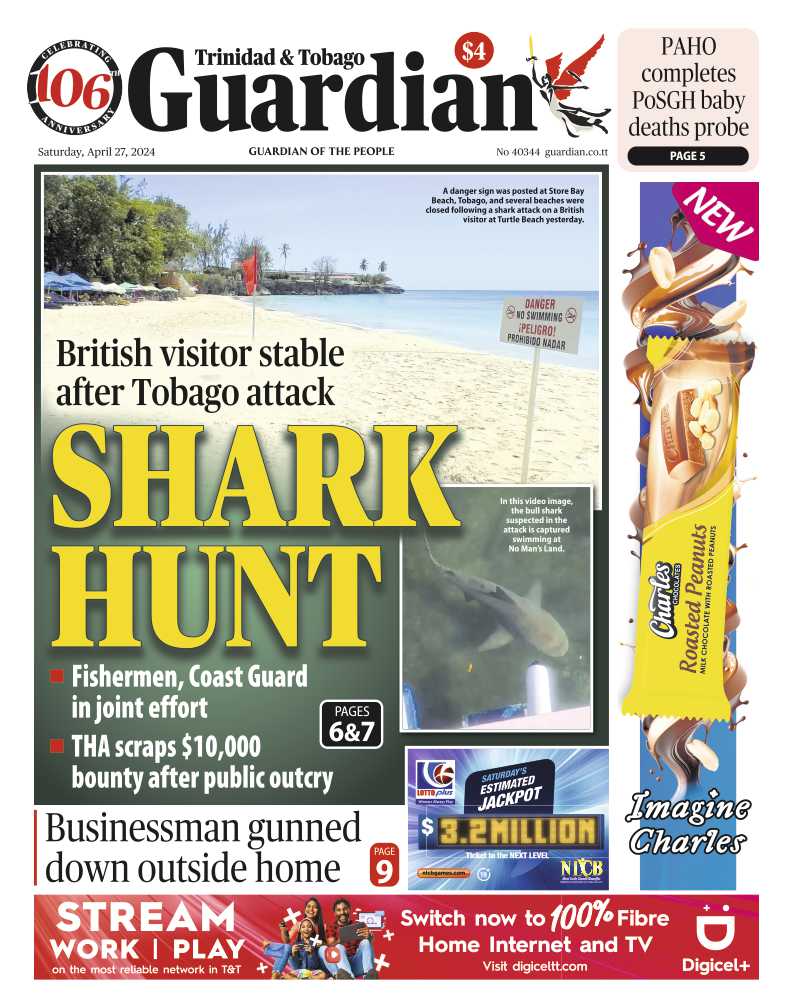A Catch-22 situation is described as a dilemma or paradox from which there is no escape because of mutually conflicting or dependent conditions. In this context, one cannot avoid a problem because the solution to the problem depends on circumstances that make the solution impossible. The term comes from the title of a 1961 book by US author Joseph Heller.
Applying the concept to the 2026 Budget, Minister Dave Tancoo was trapped by an election platform promise so costly that it created the very situation he was elected to solve. Were the promise kept, it would lead to a significant budget deficit, increased national debt, higher debt service costs, and expansionary conditions that would further deplete the official foreign reserves.
The last government missed its tax revenue target by 11 per cent in 2024 and 2025. Since enough has been said about the 2026 Budget revenue assumptions, those details will be ignored here. The expenditure numbers are of greater interest because the Finance Minister has more discretionary control over spending than he does over revenue. Further, government expenditure is at the heart of this Catch-22.
Minister Tancoo, like Mr Colm Imbert, is neither miracle worker nor magician. Even with the best will in the world, they could not change the country’s structural issues and could only work within the financial constraints. If one is determined to keep spending within the available revenue, then certain expenditures must be cut. This is unpalatable, as expenditure cuts could induce a political backlash, especially from civil servants who expected that their salary demands would be met at the first available opportunity.
Ministers cannot successfully implement any policy without the assistance of the public service. Similarly, a government needs the cooperation of the private sector and the labour movement to achieve success. This requires improved productivity and performance and a high level of coordination and cooperation. To demonstrate commitment to the union movement, several trade unionists were appointed ministers. Failing to deliver the promised ten per cent wage offer could have led to a negative reaction from union members. Keeping the promise would lead to a higher deficit and higher debt. Conversely, if Minister Tancoo was determined to keep spending within available revenue, then expenditures must be reduced, an expensive political option.
To solve the Catch-22, Minister Tancoo was duplicitous. The promise of a ten per cent wage settlement was delivered in the budget speech, but no allocation was provided in the expenditure estimates. During the Standing Finance Committee meeting, Minister Tancoo also confirmed that increased employer NIS contributions were also omitted. The budget deficit is therefore grossly underestimated. The promise articulated on page 78 that T&T ”… will meet the highest international standards in financial integrity” was immediately compromised.
Similarly, if the wage settlement offer was omitted from the estimates, did the estimates provide for the additional positions/jobs announced? Also, since the job evaluation exercise is estimated to be completed within the next six to eight months, did the estimates provide for the salary increases that would result therefrom? The estimates do not suggest that these considerations were factored into the numbers.
The key concern from the foregoing is the size of the deficit and the financing requirement. The estimates indicated a borrowing requirement of $19 billion. Excluding the deficit of $3.8 billion, $15.2 billion must be refinanced, renegotiated, or rolled over. By international standards, this is small. But the “real” deficit is unknown at this point.
Minister Tancoo was careful not to provide an estimate of the unbudgeted ten per cent wage settlement offer or the impact of the higher NIS contributions. So the deficit is substantially more than stated.
This is important given the S&P rating evaluation on September 25. Of the three major rating agencies (Fitch, Moody’s and S&P), only S&P gives T&T an investment grade rating of “BBB-”, which is the lowest on the investment grade scale. But it changed its outlook to negative and noted that it could lower the rating over the next 6-24 months if “… the Government fails to take timely corrective steps to strengthen the sustainability of public finances, ensure long-term balanced economic growth, and maintain the country’s strong external profile”.
The current administration is failing these three measures. In the first three months of taking office in April, the net Government debt had increased from $140.8 billion (81.8 per cent of GDP pg 25) to $147.5 billion (85.7 per cent of GDP) at the end of July 2025. Conversely, during the same period, Net Official Reserves declined from USD $5.27 billion to $4.8 billion at the end of July 2025. Both statistical measures worsened very quickly. A higher budget deficit would have made the position much worse and hastened a downgrade, as the numbers are heading in the wrong direction.
Whilst it would be argued that the Government has been in office for six months, the budget is not geared to take timely corrective action. Even with the best of intentions, addressing the key structural issues will cause austerity and pain. Minister Tancoo attempted to telegraph this in his Independence Day message. However, when faced with the responsibility of sending a clear message regarding the sacrifices required to address the economic challenges, Minister Tancoo tanked. Credibility once squandered cannot be easily regained.
Mariano Browne is the Chief Executive Officer of the UWI Arthur Lok Jack Global School of Business.
